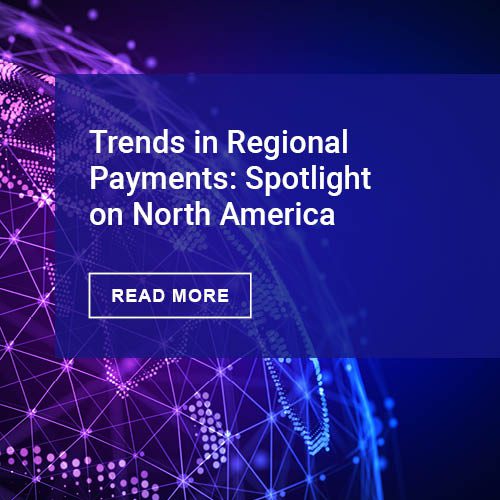The New York Fed released a statement on November 15 indicating they are rolling out a 12-week long pilot for a central bank digital currency program. Major players in the industry, such as Mastercard, Citibank, Wells Fargo, PNC Bank, TD Bank, HSBC, U.S. Bank and Truist will participate. Their role is to issue tokens and settle transactions through simulated central bank reserves. Tokens are among the latest payment technologies, which work by encrypting sensitive payment information and leaving transactions harder to crack into by fraudsters.
This could be a big deal. New York’s Innovation Center (NYIC), who is responsible for the central bank digital currency program, stated “the NYIC looks forward to collaborating with members of the banking community to advance research on asset tokenization and the future of financial market infrastructures in the U.S. as money and banking evolve.” If successful, there will be a big push to roll out a central digital currency program throughout the U.S. and regulate all financial institutions to participate.
The U.S.’s federal regulators do not know what to think about central banking digital currency yet. There is not a consensus on whether to launch a digital currency in the U.S. Following Biden’s executive order to establish a framework on digital assets, some lawmakers questioned what the federal government’s role might be in passing legislation in support of a central banking digital currency.
What Are the Dangers?
Moving consumers to a central banking digital currency seems streamlined and convenient at first, but there is always a price to pay for convenience. With central banking digital currency, every single transaction made by U.S. consumers feeds into the same massive data set. Currently, large banks collect data on their consumers, but do not combine their data with other banks. This helps to protect consumers. In our digital world with specially curated newsfeeds based on data driven algorithms, we are noticing the dangers of big data.
Looking at my past five digital transactions, here’s what I can see:
- Food purchase at a Mexican restaurant on Card A
- Tea purchased online from email offer on Card A
- Organic protein bars ordered online on Card A
- Makeup ordered through Instagram affiliate link on Card B
- Shoes ordered through mobile web on Card B
It is clear I optimize my spending to my advantage and preference; food purchases align to a card that offers 5% cash back on restaurants and food purchases. General retail goes to a 1.5% cashback card. Card A’s statement displays my eating habits. Looking at Card B, it is now very apparent that I am a woman who is into makeup and shoes. Couple those two cards together in the same data set, and now you get to know me very well based off my five recent transactions. I’m a woman who prefers burritos at my local taqueria and I have a ballroom dancing competition in my near future.
Legislation and Digital Currency
Mercator Research discussed how 74% of 1,000 surveyed Americans have a preference for digital payments over cash and checks. That preference is predicted to grow rapidly in the coming years. We looked at a subset of five digital payments of mine, now just imagine looking at my whole year.
The concern is not on the data itself, but what is being done to that data? Who is in control, and what do they get to decide? Even more to think about—what will they decide in the future?
Legislation is traditionally slow to catch up with technology. Recent issues with Zelle are a real-time example. There is no consistent recourse for scam victims due to the irrevocable nature of P2P transactions. Years late, legislators are now working to streamline reimbursement requirements for banks opting in to using P2P systems. One can only wonder if fraudsters will be able to crack into a centralized banking digital currency system, and if legislation will be too late to intervene.
Has Anyone Tried This Before?
China has already rolled out their version of a central banking digital currency system. There have been many issues stemming from failures in the technology. For example, $6 billion worth of money was unable to be withdrawn from accounts according to VOA News. The article went on to describe “Many depositors have wanted to withdraw their savings from the banks since April but couldn’t, a problem the institutions initially blamed on upgrades to computer systems.”
Not all blame for frozen accounts can go to the computer systems. Chinese media reported that banks collaborated with authorities to intentionally freeze bank accounts. First Financial News reported that Bank of China recently cooperated with the public security bureau to implement measures to freeze bank accounts. Other banks—including China Construction Bank, Industrial and Commercial Bank of China, and Agricultural Bank—implemented similar measures.
There is a lot at stake when considering centralized banking digital currencies. The 12-week pilot in New York will be completed come February 2023. It will be interesting to see if convenience will outweigh the accessibility and security concerns.
Overview by Sophia Gonzalez, Research Analyst, Debit Advisory Service at Mercator Advisory Group.












